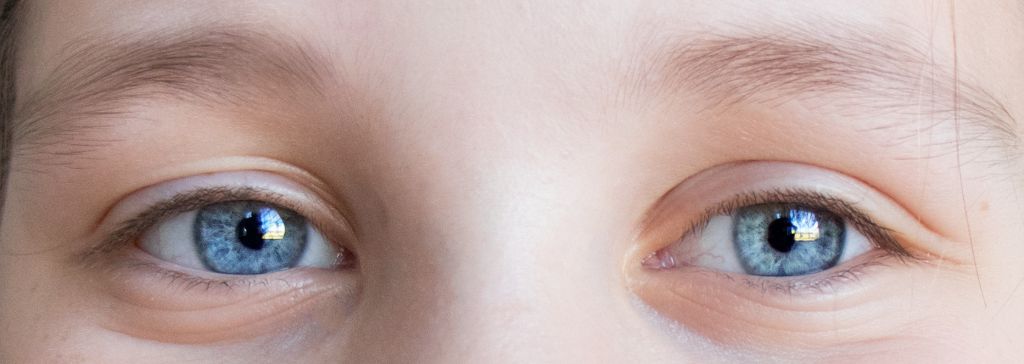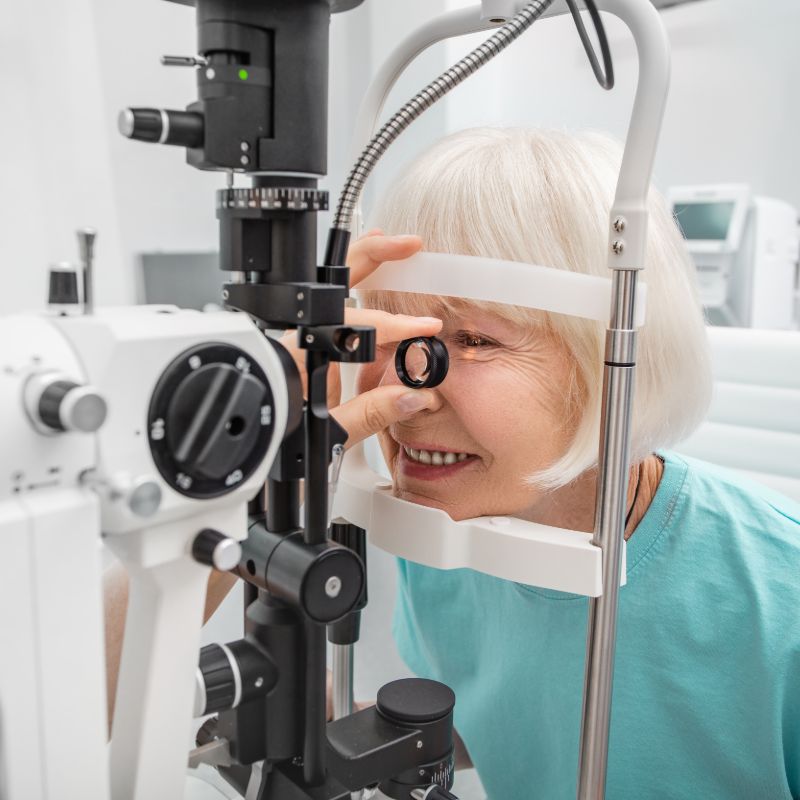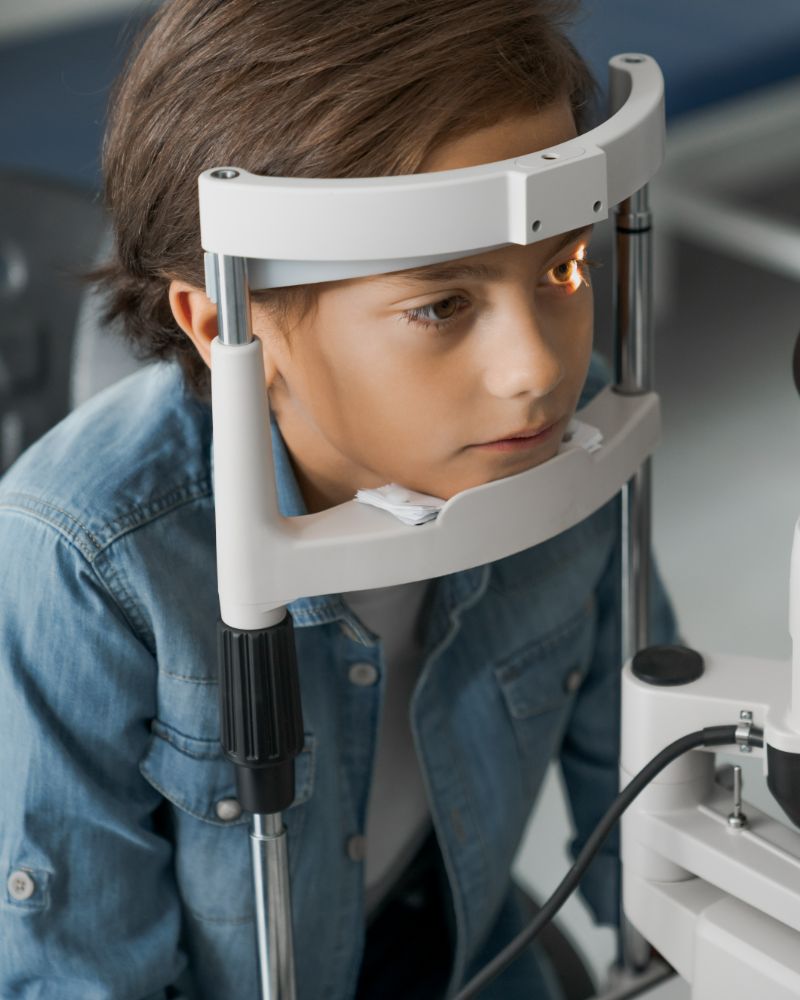Understanding the Effect of Glaucoma on the Life of Young Patients

Glaucoma, mainly primary congenital glaucoma, and juvenile open-angle glaucoma, poses significant challenges for young patients and affects their quality of life from an early age. These conditions lead to visual impairments that hinder daily activities, social interactions, and academic performance. The emotional toll is considerable, as young patients may experience anxiety and fear related to potential vision loss. However, with early diagnosis and intervention, we can effectively manage the disease progression, aiming to preserve vision and improve quality of life.
Importance of Family Members & Healthcare Professionals
Family members’ and healthcare professionals’ involvement is essential for providing a supportive environment, ensuring adherence to treatment plans, and addressing the psychosocial aspects of living with glaucoma. Your support is integral to the patient’s care and can significantly impact their journey.

Types of Glaucoma in Young Patients
Childhood and pediatric glaucoma are significant ocular conditions that predominantly affect infants and young children. They are often inherited through an autosomal recessive pattern. Primary glaucoma, which includes primary congenital glaucoma and juvenile open-angle glaucoma, is distinct from secondary glaucoma, which is associated with other conditions or trauma.
Juvenile open-angle glaucoma (JOAG) affects individuals under 40 years old and is typically inherited in an autosomal dominant manner. If not promptly addressed, both PCG and JOAG can result in irreversible vision loss. Learn more about the types and risk factors of glaucoma here.
Patient-Reported Outcome Measures
Glaucoma significantly impairs visual functions, leading to challenges such as loss of peripheral vision, blurred vision, and decreased visual acuity. These visual impairments can severely affect daily activities, including driving, walking, and performing routine tasks, thereby impacting individuals’ independence, particularly those unable to drive. Learn more about the effects and symptoms.

Emotional & Psychological Effects of Visual Impairment
The psychological burden of glaucoma patients includes a prevalent fear of blindness, which can lead to anxiety and disconcertion over potential sight loss. This concern can further result in depression, especially when the condition is left untreated, underscoring the emotional toll of glaucoma on affected individuals.
Treatment & Management
Treatment options for glaucoma include medicines, laser surgeries, and incisional surgery, which are tailored to effectively manage the condition. Glaucoma affects the optic nerve, progressively damaging the crucial structures that connect the eyes to the brain and leading to vision loss.
Patient-reported outcome measures (PROMs) play an essential role in evaluating the impact of glaucoma on individuals’ quality of life, guiding treatment choices, and ensuring regular follow-ups with eye care professionals to monitor disease progression and adjust treatment plans accordingly.

Complications & Prognosis
Advanced glaucoma poses a risk of substantial vision loss and potential blindness. Primary open-angle glaucoma, the most common adult form, can lead to complications due to structural issues with aqueous humor drainage and increased intraocular pressure. In some instances, cataract surgery may be required to address complications. Moderate visual impairment is a common consequence, highlighting the importance of timely intervention and management.
Social & Economic Implications
The economic burden of vision impairment due to glaucoma extends to individuals and their families, compounded by the risk of social isolation if the condition remains untreated. Furthermore, glaucoma can influence family planning decisions, particularly for those with a hereditary predisposition to the disease.
Family Planning & Relationships
Genetic counseling is vital for individuals with glaucoma to make informed family planning choices. A systematic literature review is essential to understanding the impact of glaucoma on family planning. It comprehensively analyzes various studies and highlights the need for standardized assessment tools.
A family history of glaucoma increases the likelihood of developing the condition, underscoring the need for a robust support system. Your support is invaluable in helping to manage the emotional and psychological challenges associated with glaucoma, making you an integral part of the patient’s care.
In A Nutshell
Glaucoma profoundly affects the lives of young patients, influencing their quality of life, emotional health, and social interactions. However, with a holistic approach to care that incorporates PROMs and consistent follow-up, we can effectively manage glaucoma and improve patients’ quality of life. This comprehensive approach should reassure you that every aspect of the patient’s well-being is being considered in their treatment.
Possible Side Effects of Refractive Surgery
Dry Eye
This is one of the most common but easily treatable side effects of laser vision correction surgery. It occurs when the eyes do not produce enough tears to keep the eye’s surface adequately lubricated, leading to discomfort, irritation, redness, and a gritty or sandy sensation in the eyes.
Patients treated with LASIK Eye Surgery are most likely to feel dryness, and this is because of the corneal flap, but they can always manage dry eye condition. It can temporarily disrupt the tear film, the thin layer of tears that coats the eye’s surface. We always prescribe the patients Lubricating eye drops; they must use this every 2 hours and ten weeks after the LASIK surgery.
Glare and Halos
These phenomena manifest as perceived rings, rays, or circles of light around bright objects, particularly at night or in low-light conditions. Glare refers to excessive brightness or discomfort caused by light sources, while halos are concentric circles or rings of light surrounding light sources.
Refractive surgery changes the cornea’s shape, changing how light is focused onto the retina. This condition is often more noticeable in low-light conditions. Avoid driving or performing activities in dimly lit environments until your vision stabilizes and your eyes adapt to changes in light sensitivity.
Haze
Haze is primarily attributed to the healing process of the cornea after PRK surgery. During PRK, the outer layer of the cornea (epithelium) is removed to expose the underlying corneal tissue, which is then reshaped using an excimer laser. As the cornea heals, new epithelial cells regenerate and migrate to cover the treated area.
We Also Serve the Following Areas:
- Moorhead
- West Fargo
- Dilworth
- Mapleton
- Casselton
- Barnesville
- Sabin
- Glyndon
- Horace
- Kindred
- Hawley
- Hillsboro
- Mayville
- Tower City
- Detroit Lakes
- Perham
- Briarwood
- Harwood
- North River
- Prairie Rose
Frequently Asked Questions
Get Expert Eye Treatments At Bagan Strinden Vision
Bagan Strinden Vision provides complete eye care services tailored to young glaucoma patients. Our expert team offers advanced glaucoma management, including regular visual field testing and personalized treatment plans to control intraocular pressure and prevent disease progression.
We also provide genetic counseling for families with a history of glaucoma, helping them make informed decisions about family planning. Our practice is equipped with state-of-the-art technology for precise clinical examinations, ensuring early detection and effective management of pediatric glaucoma. Contact us to schedule a consultation with our dedicated professionals today to safeguard your visual health and improve your quality of life.



